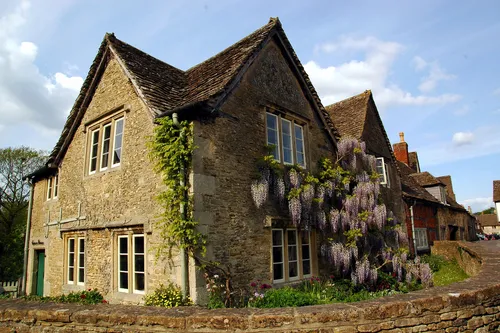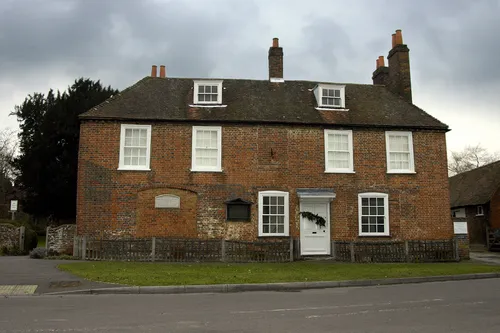A little about Austen
Jane Austen grew up in the beautiful village of Steventon, Hampshire, from 1775-1800. It was in this delightful chocolate box village that Jane Austen wrote three of her most famous novels: Pride and Prejudice, Northanger Abbey and Sense and Sensibility.
In the summer of 1783, when Jane was 12 years old, she was sent to Oxford to be taught with her sister Cassandra; later they studied in Southampton before their schooling was curtailed due to constraints on the family finances. Jane returned to the family home at Steventon Rectory in 1787, where she remained for adolescence and discovered her passion for writing. Jane moved with her family to Bath at the age of 26, where they lived for five years (1801-1806) in a beautiful town house. It was through friends that she met Harris Bigg-Wither, an intellectual educated in Oxford, who proposed to her but whom she eventually turned down.
Austen Adventure
Bath
Bath is a beautiful and historical city holding a romantic and captivating charm. Bath is designated as one of only three ‘world heritage cities’ in England. Jane Austen is Bath’s most famous resident. The city plays host to a delightful museum in memory of Jane herself, with exhibitions and a delightful regency tearoom to enhance your Jane Austen experience! There is also the change to go on a walking tour of the city and explore them through the eyes of Jane Austen. Bath holds a yearly Jane Austen Festival spanning over 9 days. This year the festival lasts from 13th to 21st September 2013.

(The Royal Crescent)
Stourhead Gardens
Stourhead is already renowned for its beautiful landscaped gardens, heightened when it featured as a setting for the recent film Pride and Prejudice starring Keira Knightley as Elizabeth Bennett. Elizabeth stands in the Apollo Temple, a romantic setting in Stourhead (where many people are married nowadays) rejects Mr. Darcy and she runs along the famous Palladian bridge across the lake. Taking a walk round Stourhead is just like stepping into a beautiful Jane Austen novel. The gardens were designed to look beautiful all year round, showing off the colours of spring, summer autumn and winter. This makes them a perfect visiting place anytime of year.
Lacock

(A house in Lacock village)
Set in rural Wiltshire, Lacock is an untouched treasure dating back to the 12th century. The picturesque village is delightful to walk around, with surrounding countryside on the doorstep and plenty of regular events, there will always be something to do. The streets of Lacock were the background to a scene in the BBC's 1995 adaptation of Pride and Prejudice. Lacock for a short while was turned into the village of Meryton, featured in Pride and Prejudice. Don't miss the beautiful Abbey while you're there, a filming location for the Harry Potter films, and also home to the late William Henry Fox Talbot - a contributor to the invention of photography.
Hampshire
The county of Austen’s birth and the place where she is buried, Hampshire gave Austen inspiration for some of her best novels. Hampshire offers museums, homes and the church Austen spent most of her time in. She is buried in Winchester Cathedral, where she has three memorials. She wrote many of her most famous novels here, gathering inspiration from many of the friends and places in the area she grew to love. After a visit to Hampshire you might start to notice how aspects of her books are based on this beautiful county.

(Hampshire, Jane Austen's last house in Chawton)
London
Jane Austen visited London many times during her lifetime. The most important visits were during her late 30s. Austen was becoming a celebrated author and had to visit her publishers and correct proofs of her work
Conveniently she stayed with her brother Henry, who also helped her in the negotiations to sell her books. On a visit to London searching for Austen – stop by 10 Henrietta Street, only 100 yards from the market at Covent Garden. Jane Austen stayed here (her brothers house) twice between 1814-1815 and there is a clear plaque upon the wall so you can’t miss it.
Words by Lucy Blackall